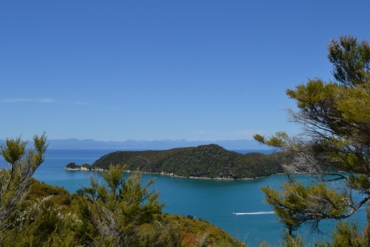We really can’t comprehend what the America of 300 years ago looked like. Much like trying to imagine the vastness of space or the incredible pressures at the bottom of the ocean, wrapping your head around the millions of bison that once shaped the landscape is an exercise in futility.
The truth is, the days of those endless bison herds are over. We’ll never see their like again.
But if we (and by we, I mean all levels of government, conservation groups, ranchers, and concerned citizens) can bring ourselves to some middle ground, we just might be able to return this iconic species to a degree of free-roaming status across the West.
That’s the premise of “The Last Herd,” a short film that premiered on the festival circuit in 2019 but is now available for free on YouTube. The film centers around the Henry Mountains bison population — one of only a handful of free-roaming herds outside of Yellowstone National Park.
The herd began with a seed population of 18 animals in 1941 and now numbers somewhere between 300 and 400. It wanders over 385,000 acres in Utah’s Henry Mountains, one of the last mapped ranges in the contiguous United States. There, the keystone species brings its signature benefits to the landscape.
As experts in the film explain, bison have a heterogeneous grazing pattern — they graze some areas heavily while leaving others alone. The upshot is a landscape filled with different lengths of grass, which is perfect for fostering biodiversity in the West’s arid vistas.
Bison also engage in a wallowing behavior that compacts the soil into shallow depressions, which then collect water. For these reasons and more, land managers consider bison to have an outsized positive ecological impact on the mountains and plains.
An Age-Old Tension
But in a story familiar to anyone aware of public land management issues, there’s another side to the coin — the ranchers with longstanding (sometimes multigenerational) permits to graze the Bureau of Land Management lands shared by the bison. Cattle and bison eat the same foods, meaning only so many can share the same range. The profit margins of ranching are perilously thin, and the ranchers consider their operations on public land a matter of rights.
It’s a tension that played a part in the original bison decimations of the 1800s. The filmmakers of “The Last Herd,” one of which is a third-generation public lands manager, are not insensitive to the conflict. By the end of the film, their plea resonates just as much for its timelessness as it does for its necessity — can’t we find a way to make it all work?
“I just want somebody, somewhere to [look at a bison] and say, ‘wow,'” Joseph Venuti, a member of the Henry Mountains Bison Foundation said in the film.
Gorgeously shot and assembled with nuance, “The Last Herd” will have you saying the same.
Runtime: 21 minutes







